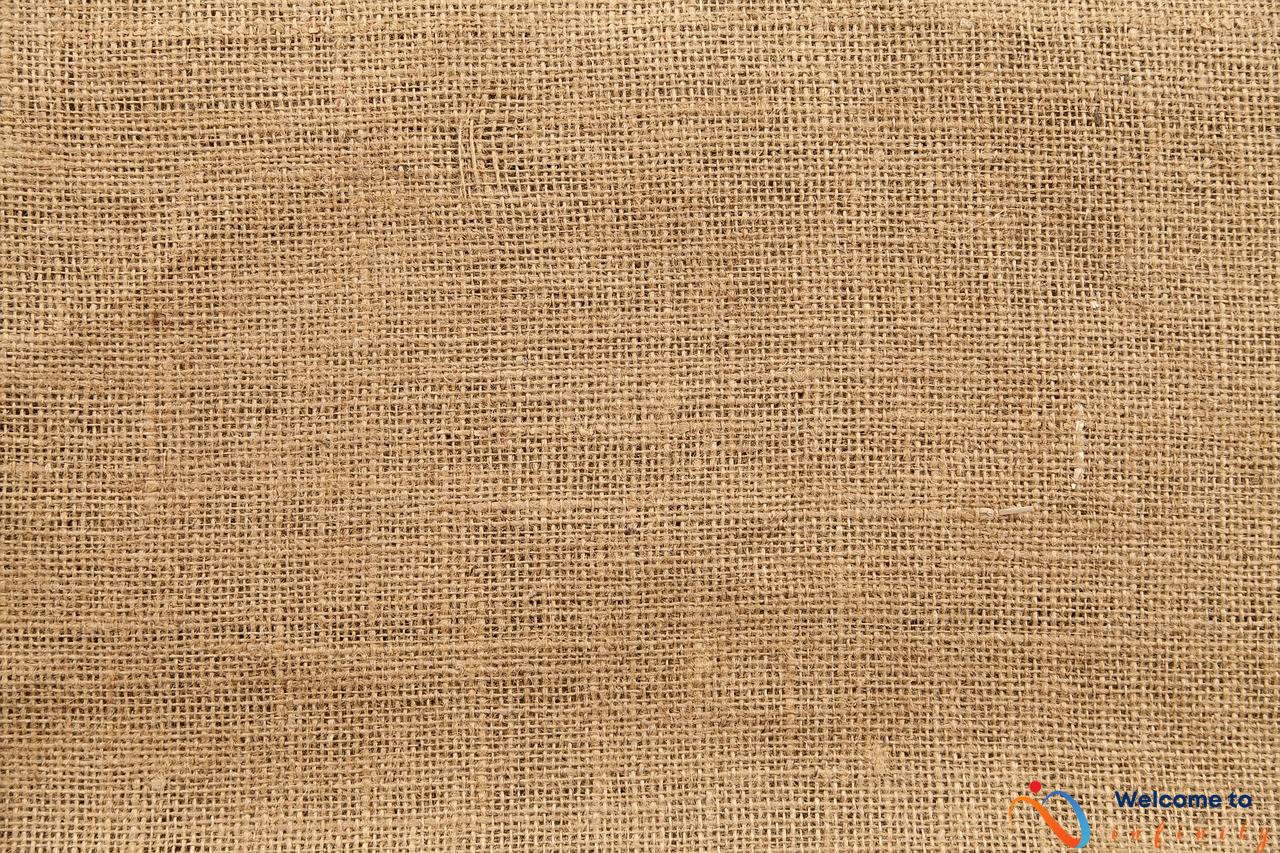Acne-prone skin can be a challenge when it comes to applying makeup. Without proper care, makeup can clog pores and exacerbate acne, making it difficult to achieve a flawless look. The good news is, there are some makeup tips that can help you maintain a clear and smooth complexion.
The first step to achieving flawless makeup on acne-prone skin is to start with a clean and moisturized face. Cleansing and moisturizing are essential to prevent clogged pores and keep your skin hydrated. Use a gentle cleanser and a lightweight moisturizer to prevent aggravating your acne.
When choosing makeup products, always look for non-comedogenic or oil-free options to avoid further breakouts. A primer can also help smooth out skin texture and keep makeup in place, while also creating a barrier between your skin and the makeup. When it comes to foundation, opt for lightweight formulas like tinted moisturizers or BB creams that won't clog pores or accentuate blemishes. Use concealer strategically by only applying it to areas where you need it instead of all over your face to avoid a cakey look.
Avoid using shimmery or glittery products as they can draw attention to any uneven texture on the skin. Additionally, be gentle during application and use a light touch to prevent irritation and breakouts. Always use clean brushes and sponges to avoid introducing bacteria onto your skin and thoroughly remove all makeup at the end of the day to allow your skin to breathe and prevent clogged pores.
By following these tips, you can achieve flawless makeup on acne-prone skin and feel confident in your appearance.
Cleanse and moisturize first
If you have acne-prone skin, cleansing and moisturizing your face before makeup application is essential. This step helps to remove excess oil, dirt, and other impurities, which can clog pores and lead to breakouts. When choosing a cleanser, opt for a gentle formula that won't strip your skin of its natural oils.
After cleansing, follow up with a moisturizer that is lightweight and non-greasy. Look for products that contain ingredients such as hyaluronic acid, which can help to hydrate the skin without clogging pores. If you have oily skin, you may want to go for a gel-based moisturizer, while those with dry skin will benefit from a cream-based formula.
Making sure your skin is properly cleansed and moisturized before makeup application not only helps prevent clogged pores but also provides a smooth base for makeup application. Don't skimp on this important step, as it can make all the difference in the appearance and health of your skin.
Choose the right products
non-comedogenic or oil-free to avoid further breakouts. These products are specifically designed for acne-prone skin and won't clog pores, allowing your skin to breathe. Another important factor to consider when choosing makeup products is the ingredients. Avoid products with fragrances, alcohol, and other irritants that can cause inflammation and worsen your acne. Look for products with ingredients that are gentle and soothing such as aloe vera, chamomile, and green tea. When choosing a foundation, test it out on your skin and make sure it matches your skin tone and texture perfectly. You can also consider using mineral makeup, which is less likely to cause breakouts and is better for sensitive skin. Don't forget to check the expiration date of your products regularly and replace them as needed. To make sure you're using the right products for your skin type, consider consulting with a dermatologist or esthetician.
non-comedogenic
Non-comedogenic refers to products that do not clog pores. Using makeup products labeled as non-comedogenic is especially important for those with acne-prone skin. When a product clogs pores, it can trap oil and bacteria underneath the skin's surface, leading to breakouts.
It's important to note that not all non-comedogenic products are created equal. Some may still contain ingredients that can irritate the skin or cause breakouts, so it's important to read the ingredient list and do a patch test before using a new product.
Some common non-comedogenic ingredients include zinc oxide, titanium dioxide, dimethicone, and salicylic acid. These ingredients can help soothe the skin, reduce inflammation, and prevent bacteria growth. Additionally, non-comedogenic products can come in various forms such as foundations, primers, and moisturizers.
In summary, choosing non-comedogenic products is an easy and effective way to help prevent breakouts while still wearing makeup. However, it is still important to pay attention to ingredients and do a patch test before incorporating new products into your routine.
or
Before applying makeup on acne-prone skin, it's crucial to start with a clean canvas. Cleansing your skin will remove any dirt, oil, or bacteria that can clog your pores and cause breakouts. Use a gentle cleanser specifically designed for acne-prone skin, and make sure to rinse it off thoroughly with warm water. After cleansing, apply a lightweight moisturizer that won't clog your pores. Hydrated skin will help your makeup go on smoother and prevent it from settling into fine lines and wrinkles.
For best results, look for products that are labeled as “non-comedogenic” or “oil-free.” These products won't contain any ingredients that can worsen acne, such as heavy oils or fragrances. Also, be sure to avoid products that contain alcohol as they can dry out your skin and make your acne look worse.
- Choose a gentle cleanser designed for acne-prone skin
- Use a lightweight moisturizer to hydrate your skin
- Look for makeup that is non-comedogenic or oil-free
- Avoid products that contain alcohol or heavy oils
By following these simple skincare steps, you can create the perfect base for your makeup. Not only will your makeup look flawless, but your skin will also thank you for it!
oil-free
Avoiding oil-based makeup products is crucial in keeping acne-prone skin under control. Look for products labeled as “oil-free” to ensure that you do not further exacerbate your skin condition. Oil-based products are notorious for clogging pores and creating an environment that is conducive to acne growth.
Choosing the right foundation and concealer that is oil-free is the first step in keeping your skin clear and preventing the formation of new blemishes. While oil-free can be a handy term, looking at the ingredient list is the best way to make sure the product is right for you. Check for ingredients such as mineral oil or petrolatum, which can cause acne-prone skin to break out further.
Remember that just because a product is labeled “oil-free” does not mean it is necessarily the best fit for your skin type. Testing products on a small area of your skin before applying them all over your face is always a good idea. By keeping your makeup oil-free and being mindful of the ingredients, you can minimize breakouts and achieve a flawless, acne-free complexion.
to avoid further breakouts.
Choosing the right makeup products for acne-prone skin is crucial to avoid further breakouts. Look for products labeled as non-comedogenic or oil-free. Non-comedogenic products are specially formulated not to clog pores, while oil-free products won't add any extra oil or grease to your skin. Many makeup brands now offer entire lines of products specifically designed for acne-prone skin, which can be a safe choice.
Another factor to consider when selecting makeup products is the type of coverage you want. Heavy foundations can clog your pores and accentuate blemishes, making acne look worse. Therefore, it's better to opt for lightweight formulas such as tinted moisturizers or BB creams. Tinted moisturizers offer light coverage while keeping your skin moisturized. BB creams, on the other hand, are lightweight, providing a natural-looking finish while providing several skincare benefits, such as acne treatment and sun protection.
- Look for makeup labeled as non-comedogenic or oil-free to avoid clogged pores and breakouts
- Choose lightweight formulas such as tinted moisturizers or BB creams instead of heavy foundations
- Consider using acne-specific makeup products from reputable brands
Use a primer
If you want to achieve a smooth and long-lasting makeup look on acne-prone skin, using a primer is a must. A primer is a product that goes on after moisturizer and before foundation, and it can help create a smooth base for your makeup that stays in place throughout the day.
Not only can a primer make your makeup look better, but it can also protect your skin from potential irritants in makeup and prevent clogged pores. By creating a barrier between your skin and makeup, a primer can also reduce the likelihood of breakouts and irritation.
When selecting a primer, look for one that is designed specifically for acne-prone skin. A lightweight formula that is oil-free and labeled as non-comedogenic is ideal as it will not clog your pores and cause further breakouts.
To apply a primer, start by cleansing and moisturizing your skin. After allowing your moisturizer to fully absorb, apply a small amount of primer to your T-zone, cheeks, and chin. Use a makeup sponge or brush to gently blend the product into your skin, making sure to avoid rubbing or pulling on your skin.
If you have particularly textured or uneven skin, consider using a pore-minimizing primer that can help fill in any pores or fine lines. For those with dry skin, a hydrating primer can also help keep your skin looking and feeling hydrated throughout the day.
Remember, always remove your makeup thoroughly at the end of the day to allow your skin to breathe and prevent clogged pores. Using a primer is just one of many steps you can take to achieve a flawless makeup look on acne-prone skin.
Avoid heavy foundations
When it comes to applying foundation on acne-prone skin, it's important to choose a lightweight formula that won't clog pores or accentuate blemishes. Heavy foundations often contain ingredients that are comedogenic, meaning they can worsen acne breakouts. Instead, opt for lightweight formulas such as tinted moisturizers or BB creams that are specifically formulated for acne-prone skin. These products contain fewer ingredients and generally have a lighter texture, allowing your skin to breathe while also providing the necessary coverage.
Before choosing a foundation, make sure to check the label for keywords such as “non-comedogenic” or “oil-free.” These products are specifically designed to avoid clogging pores and causing breakouts. Additionally, avoid using full-coverage foundations as they tend to be heavier and can create a mask-like effect on the skin.
- Choose lightweight formulas for acne-prone skin
- Look for keywords such as “non-comedogenic” and “oil-free”
- Avoid full-coverage foundations
When applying foundation, use a light hand and blend it well to avoid a cakey or heavy finish. You can also try spot-concealing with a small brush or sponge to cover specific areas of concern, instead of applying foundation all over your face. By opting for a lightweight formula, you can achieve a flawless finish while also caring for your acne-prone skin.
Use concealer strategically
Acne-prone skin can be tough to manage, especially when it comes to applying makeup. However, using the right products and techniques can help you achieve a flawless look without agitating your skin further. One of the keys to flawless makeup for acne-prone skin is using concealer strategically.
When it comes to applying concealer to acne-prone skin, less is often more. Instead of using concealer all over your face, focus only on the areas where you need it the most. This will help you avoid a cakey look and prevent clogged pores. Apply a small amount of concealer directly to blemishes, dark circles, or any areas where you have uneven skin tone. Dab the product onto your skin with your fingertips, using a gentle tapping motion to blend it in.
It's important to choose concealers that are non-comedogenic and lightweight formulas that won't clog pores. Look for formulas that contain salicylic acid or benzoyl peroxide, both of which help fight acne. When selecting a concealer shade, go for a color that matches your skin tone as closely as possible to avoid a noticeable contrast.
In addition to using concealer sparingly, remember to be gentle when applying makeup to acne-prone skin. Avoid rubbing or pulling on the skin as this can cause irritation and make acne worse. Always use clean tools such as brushes and sponges when applying makeup to avoid introducing bacteria onto your skin.
By using these tips to apply concealer strategically, you can help prevent further breakouts and achieve a flawless look even with acne-prone skin.
Avoid shimmer and glitter
When it comes to makeup for acne-prone skin, it's important to avoid shimmery and glittery products as they can highlight any uneven texture on the skin. Instead, opt for matte or satin finish products that can help minimize the appearance of acne scars and blemishes.
Avoid using glittery eyeshadows or shimmery highlighters on the cheeks as these can draw unwanted attention to any texture irregularities on the skin. If you do want a little bit of shimmer, try a subtle highlighter with a soft glow or a satin-finish blush for a touch of radiance that won't accentuate acne.
When it comes to lip products, ditch the high-shine glosses and opt for moisturizing matte lipsticks or tinted lip balms. Not only will this give the illusion of smoother lips, but it will also prevent any unwanted attention to any texture irregularities around the mouth area.
Overall, keeping your makeup look natural and matte will help minimize the appearance of acne on the skin. By avoiding shimmery and glittery products, you can create a flawless canvas for your makeup application. Remember, less is more and it's better to focus on creating a smooth base rather than drawing attention to any uneven texture.
Be gentle during application
When applying makeup to acne-prone skin, it is important to be gentle. Avoid rubbing or pulling on your skin as this can cause irritation and breakouts. Instead, use a light touch when applying products.
Additionally, make sure to use clean tools such as brushes and sponges to prevent introducing bacteria onto your skin. This can further aggravate acne and lead to more breakouts.
If you have acne on specific areas of your face, such as on your cheeks or forehead, try to avoid applying makeup to these areas if possible. This will allow the skin to breathe and help to prevent clogged pores.
Remember, the goal is to create a smooth and even look while still allowing your skin to heal and breathe. By being gentle and avoiding harsh or irritating products, you can keep your skin looking healthy and radiant.
Use clean tools
One of the best ways to prevent acne breakouts is by using clean makeup tools. Dirty brushes and sponges can transfer bacteria onto your skin, causing clogged pores and breakouts. It's important to wash your tools regularly and replace them when necessary to maintain good hygiene.
- Wash your brushes and sponges with soap and warm water after every use.
- Use a brush cleaner or a gentle shampoo to deep clean your tools once a week.
- Avoid sharing your tools with others to prevent the spread of bacteria.
- If possible, use disposable applicators for products such as mascara and lip gloss.
By keeping your tools clean, you can minimize the risk of aggravating your skin and causing further breakouts. Plus, your makeup will apply more smoothly and look better overall.
Remove makeup thoroughly
Removing your makeup properly is crucial for maintaining healthy skin. When you leave makeup on overnight, it not only clogs your pores, but it can also cause irritation, breakouts, and other skin problems.
To ensure that you remove your makeup completely, start with a gentle cleansing oil or micellar water to break down the makeup. Massage the product onto your face in circular motions for a few minutes, giving it time to dissolve the makeup. Then, rinse off the product with lukewarm water.
Next, use a facial cleanser to remove any remaining dirt, grime, and makeup. Be sure to choose a gentle, non-comedogenic cleanser that won't irritate your skin or strip it of its natural oils. Gently massage the product onto your face, focusing on areas where you wear makeup. Then, rinse with lukewarm water and pat your skin dry with a soft towel.
If you are wearing waterproof makeup, opt for a specialized cleanser designed to remove waterproof makeup. These products are formulated to break down tough makeup formulas without over-drying or irritating the skin.
Once you have removed all traces of makeup, follow up with your regular skincare routine. Apply toner to help balance the skin's pH levels, and then moisturize your skin to keep it hydrated and healthy. For an extra boost, incorporate a serum or face mask into your routine a few times a week.
Remember, taking the time to remove your makeup thoroughly is a crucial step in maintaining healthy, acne-free skin. Don't skip this step in your daily routine!












